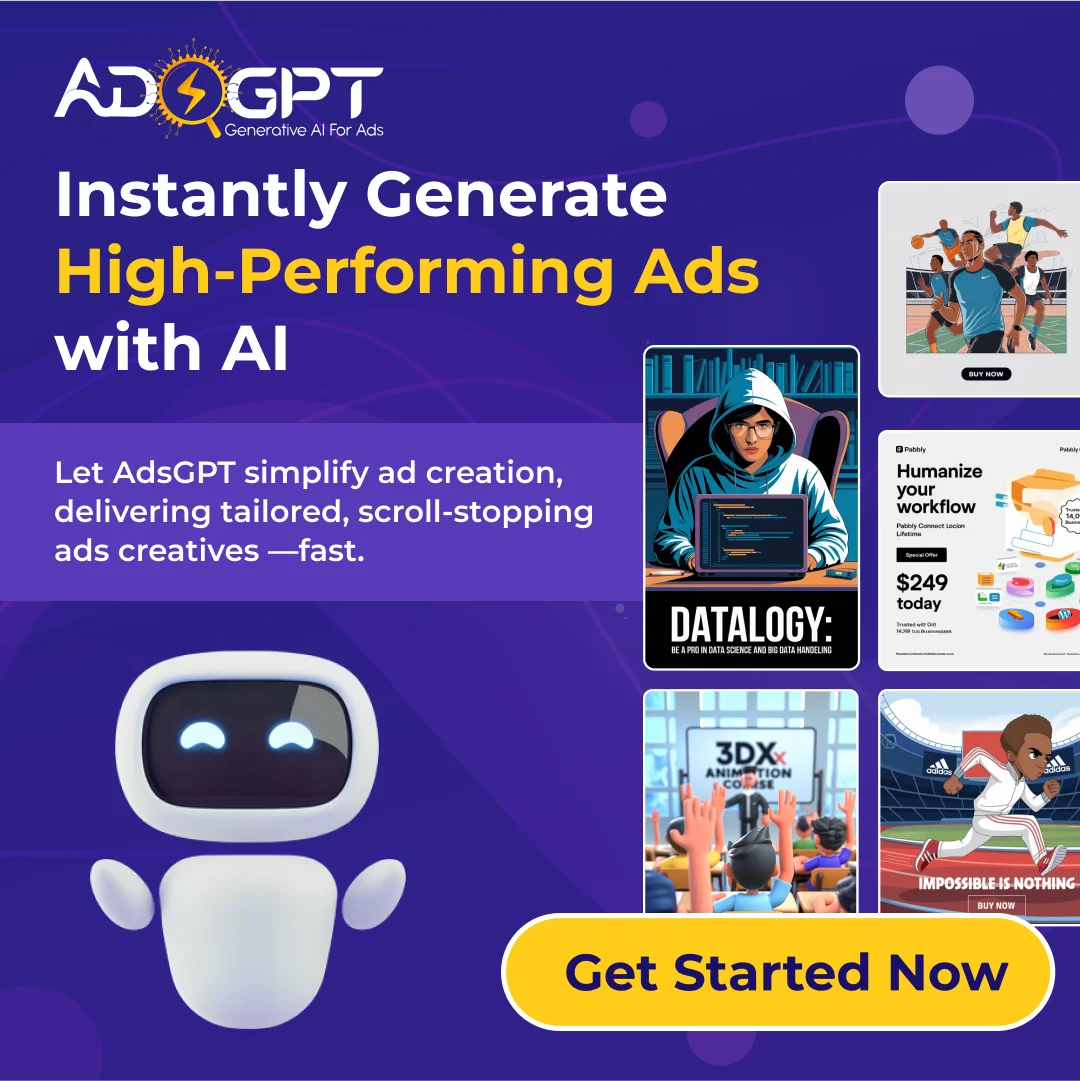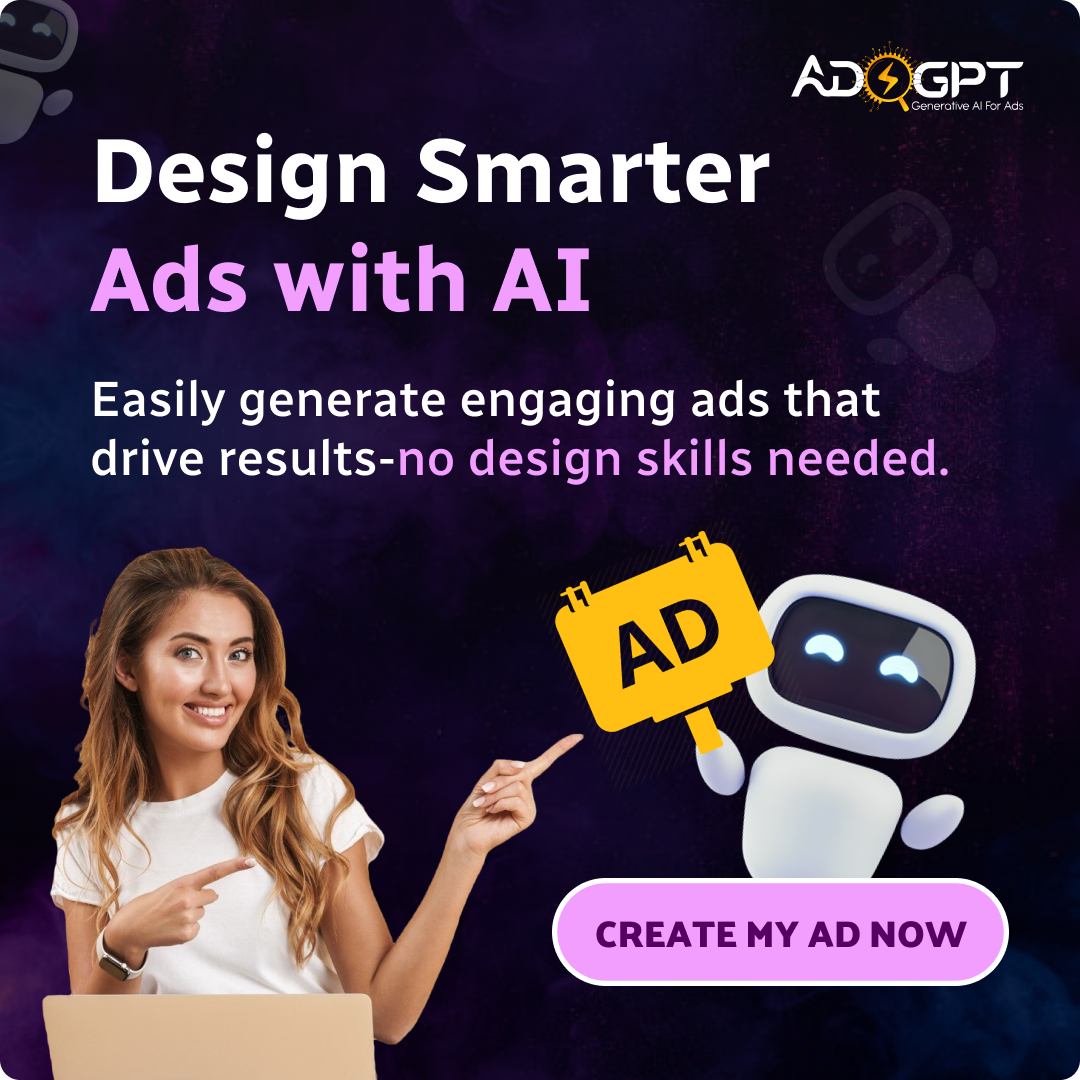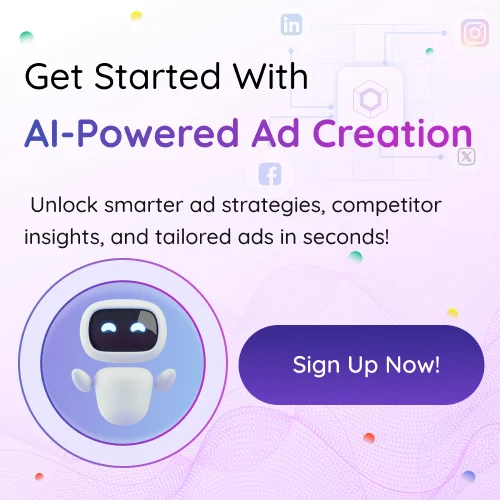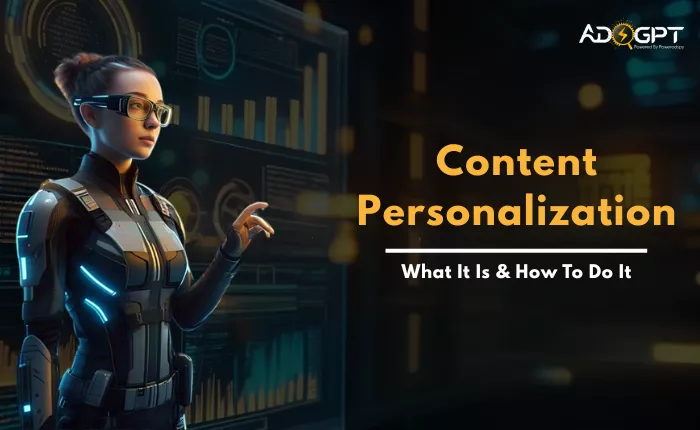
Your customer just scrolled past another ad. Not because it wasn’t “personalized,” but because it felt like a robot wrote it—generic, detached, and oblivious to what truly matters to them. The irony? Most AI tools do personalize content, but they often fall short by focusing on data points rather than emotions. It isn’t about slapping a name on an email or recommending products based on past buys. True content personalization digs deeper. It’s about crafting messages that resonate on a human level, saying, “We see you, we get you, and we’re here for you.”
The good news? A new wave of AI is rewriting the rules. Let’s explore how blending data with empathy can turn impersonal campaigns into meaningful conversations.
In a hurry? Listen to the podcast now.
The Problem With “Personalized” Marketing: Why AI Often Feels Cold
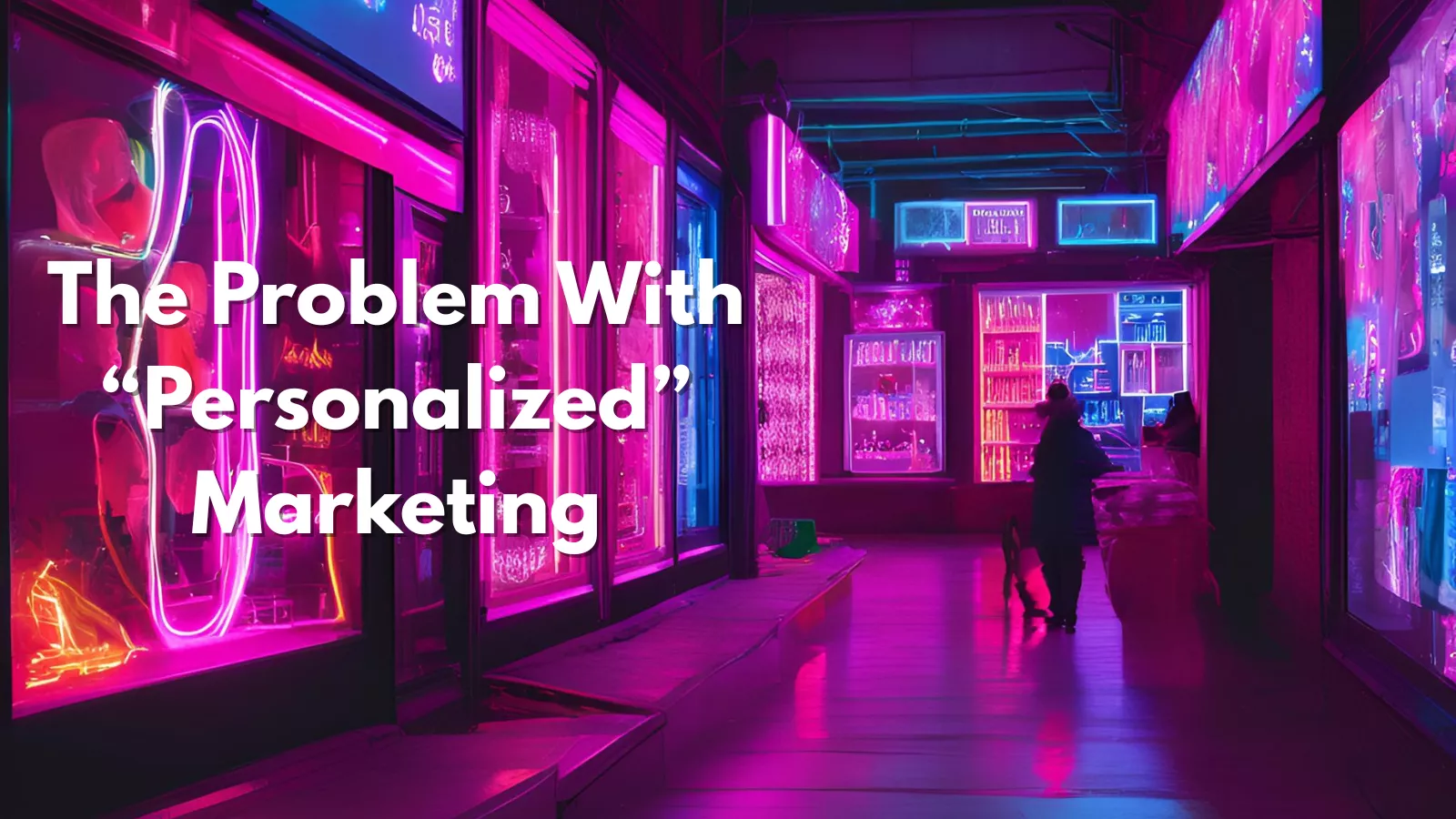 Most brands use AI to segment audiences by age, location, or past purchases. At first glance, this seems logical—after all, tailoring ads to a customer’s profile should make them feel seen.
Most brands use AI to segment audiences by age, location, or past purchases. At first glance, this seems logical—after all, tailoring ads to a customer’s profile should make them feel seen.
But here’s the catch: knowing who someone is doesn’t mean you understand how they feel.
Take Sarah, a 35-year-old mom juggling work and family. She’s overwhelmed, scrolling through ads during a rare quiet moment. What she craves isn’t another “premium upgrade” offer—it’s simplicity, a lifeline to ease her chaos. Then there’s Alex, a 28-year-old freelancer. He values flexibility and control, but generic ads shouting “Maximize Productivity!” fall short. To him, they feel pushy, not empowering.
Traditional content personalization tools lump Sarah and Alex into the same “young professional” bucket. They blast both with identical ads like “Upgrade Your Life with Our Premium Plan!” For Sarah, this adds noise to her already hectic day. For Alex, it’s irrelevant—he doesn’t want “upgrades,” he wants solutions that adapt to his unpredictable schedule.
The result? These are campaigns that technically tick the “personalization” box but leave audiences cold. These tools focus on what people do, not why they do it. They see Sarah’s last purchase (yoga pants) but ignore her stress-induced late-night browsing. They track Alex’s clicks on productivity tools but overlook his frustration with rigid software.
It isn’t personalization—it’s guesswork dressed up as strategy. True content personalization requires empathy, not just data. It’s about understanding that Sarah’s late-night search for “quick dinner ideas” signals exhaustion, not culinary curiosity. Or that Alex’s hesitation over pricing pages stems from a desire for transparency, not cheapness.
So, how do we bridge this gap? Let’s rethink AI’s role—not as a data cruncher but as a tool that deciphers the emotions behind every click, scroll, and pause.
The Science Of Emotional AI: Teaching Machines To “Read the Room”
At its core, emotional AI isn’t about replacing human intuition—it’s about enhancing it with data-driven insights. This technology goes beyond traditional content personalization by analyzing the subtle, often-overlooked signals that reveal how people truly feel.
Consider these real-world examples:
- Text Analysis: When a customer writes, “Great, another app that complicates my life,” traditional AI might flag this as “positive” due to the word “great.” Emotional AI detects sarcasm and frustration instead.
- Voice Patterns: That hesitant pause in a customer service call (“I’m not sure… maybe later”) isn’t just indecision—it’s often distrust or confusion that needs addressing.
- Visual Cues: A slight frown while browsing prices or rapidly scrolling past certain product images speaks volumes about disinterest or sticker shock.
It is where tools like AdsGPT elevate content personalization to new heights. By combining natural language processing with behavioral analytics, it doesn’t just see that a user abandoned their cart after viewing shipping costs. It understands the underlying emotion (frustration at hidden fees) and responds with empathy.
For instance, instead of a generic “Complete Your Purchase!” reminder, AdsGPT’s AI might generate:
“We hate surprise costs too—enjoy free shipping on us.”
This approach transforms a transactional moment into a relational one.
But recognizing emotions is just the first step. The real power lies in how these insights shape every touchpoint of your marketing strategy.
What comes next? Let’s explore the tools that bring this emotional intelligence to life in your campaigns—and how they work together to create genuine human connections at scale.
How AdsGPT Redefines Content Personalization With AI?
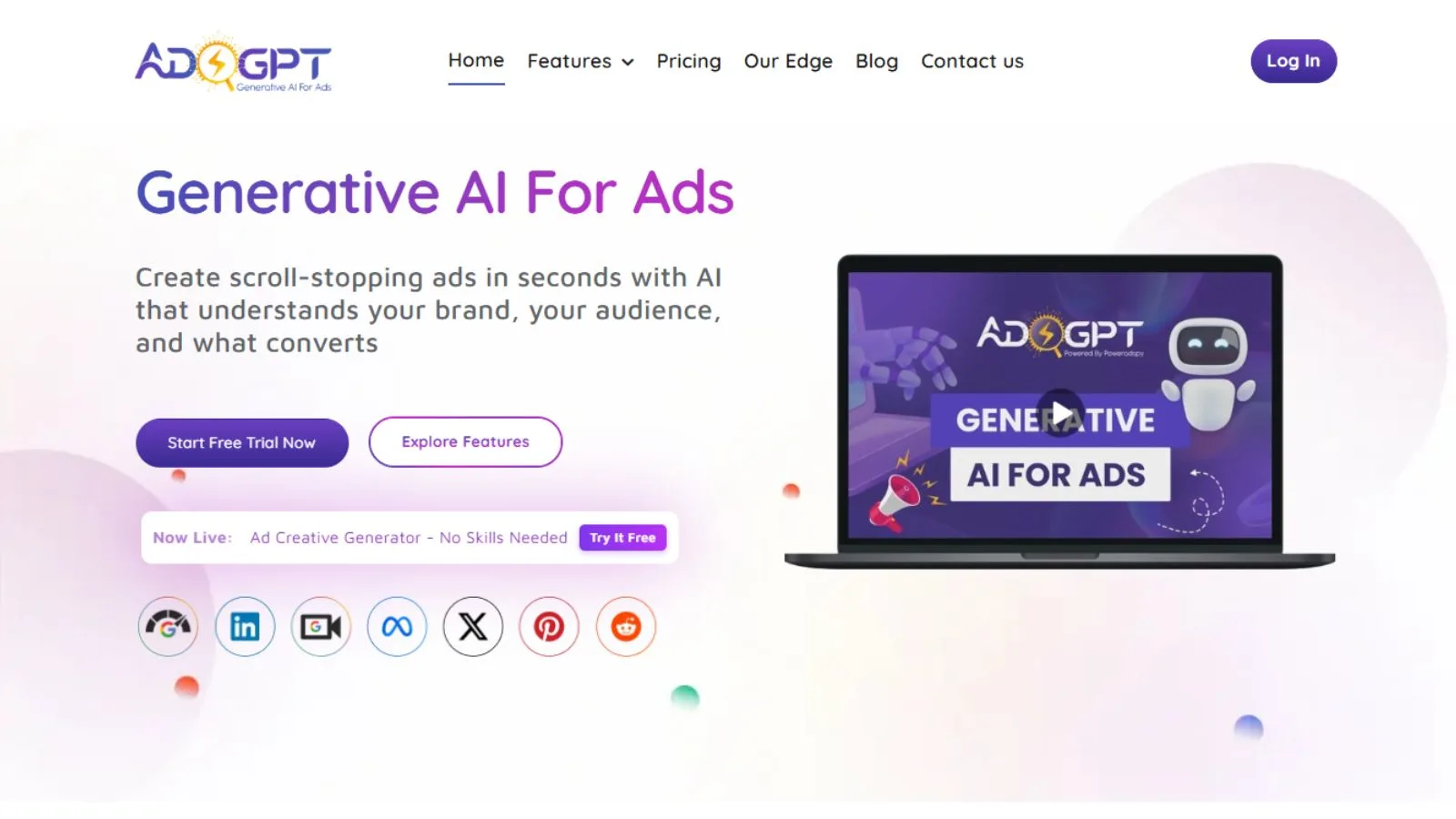 AdsGPT is revolutionizing how brands connect with their audiences through AI-powered content personalization. Our platform goes beyond generic ad creation to deliver emotionally intelligent marketing that resonates. Here’s what sets AdsGPT apart:
AdsGPT is revolutionizing how brands connect with their audiences through AI-powered content personalization. Our platform goes beyond generic ad creation to deliver emotionally intelligent marketing that resonates. Here’s what sets AdsGPT apart:
Emotion-Driven Ad Creation
Unlike basic AI tools, AdsGPT analyzes sentiment and intent to craft messages that truly connect. Our system detects subtle cues in customer behavior to generate ads that feel personal and relevant.
Smart Personalization Engine
We deliver next-level content personalization by:
- Adapting messaging tone based on real-time audience mood
- Automatically adjusting creatives to match user preferences
- Optimizing content for different platforms and formats
Powerful Performance Insights
AdsGPT provides actionable analytics that help you:
- Identify which emotional triggers drive engagement
- Track how personalized content impacts conversion rates
- Discover hidden patterns in customer responses
Seamless Campaign Integration
Our platform works effortlessly with your existing tools to:
- Maintain brand consistency across all channels
- Scale personalized content creation without losing quality
- Streamline workflows from ideation to execution
Ethical AI Practices
We prioritize responsible personalization with:
- Built-in bias detection to ensure inclusive messaging
- Fatigue management to prevent over-targeting
- Transparent analytics showing why content performs
By combining advanced AI with human-centric design, AdsGPT helps marketers create campaigns that don’t just reach audiences – they truly engage them. The result? Higher conversions, stronger brand loyalty, and advertising that feels less like marketing and more like a meaningful conversation.
With AdsGPT, content personalization becomes more than a tactic – it transforms into your competitive advantage in building genuine customer relationships.
A 4-Step Framework For Human-Centered AI Marketing
 Building genuine customer connections in the digital age requires more than data—it demands emotionally intelligent content personalization. Here’s your actionable blueprint:
Building genuine customer connections in the digital age requires more than data—it demands emotionally intelligent content personalization. Here’s your actionable blueprint:
1. Listen for Emotional Cues (Beyond Surface Metrics)
Modern AI for marketing can uncover what customers feel:
- Deploy AI personalization marketing tools to analyze:
- Voice inflections in support calls (hesitation = uncertainty)
- Micro-reactions in video feedback (eye-rolling at pricing pages)
- Emotional keywords in reviews (“life-changing” vs “waste of time”)
Example: A meal kit service discovered “time-starved” resonated more than “busy” in their messaging
2. Design with Emotional Intelligence
Transform insights into compelling campaigns using:
- AdsGPT’s ad creator AI to generate:
- Variants matching emotional states (anxious → reassuring, curious → educational)
- Dynamic visuals that adapt to browsing behavior
- Before/After:
- Generic: “Try our productivity app.”
- Personalized: “Reclaim 2 hours of your day (we know you need it)”
3. Test Emotional Resonance
Leverage marketing AI to measure what truly connects:
- A/B test:
- Empathetic vs transactional CTAs (“You deserve this” vs “Buy now”)
- Color psychology in creatives (calm blues vs urgent reds)
Result: A travel brand saw 42% more bookings using “Breathe easy on vacation” vs “Last-minute deal.s”
4. Scale Ethically with AI Oversight
Ensure your AI personalization marketing remains authentic:
- Implement AdsGPT’s ethical filters to:
- Prevent over-personalization creep (“We noticed your insomnia searches…”)
- Balance persuasion with respect
- Maintain brand voice across emotional contexts
The Future Of Feelings-Driven Marketing
As AI for marketing evolves, expect the following:
- Real-time ad adjustments based on live sentiment
- Cross-channel emotional consistency (email → social → ads)
- Predictive comfort messaging (reaching customers before they articulate needs)
Read More
How To Generate Text AI Content That Works (Myths Busted)?
Conclusion
The most powerful content personalization doesn’t just target customers—it understands them. As AI transforms marketing, the winners won’t be brands with the most data but those who use it to forge genuine connections.
Tools like AdsGPT prove that technology can enhance human relationships rather than replace them. When content personalization reflects real emotions and needs, campaigns stop feeling like interruptions and start feeling like valuable conversations.
It is the new standard: marketing that’s not just smart but thoughtful. Not just personalized, but human. And in an age of AI, that human touch makes all the difference.
Frequently Asked Questions
- How is content personalization different from audience segmentation?
Audience segmentation groups people based on shared traits like age or interests, while content personalization tailors messages for each individual’s emotions, preferences, and behaviors. It’s the difference between speaking to a crowd and having a one-on-one conversation. - Can small businesses benefit from content personalization, or is it just for big brands?
Absolutely. Small businesses often see even stronger results from content personalization because they can build closer, more authentic relationships with customers. AI tools make personalization accessible without needing a large marketing team. - How do I know if my content personalization efforts are actually working?
Track more than clicks or conversions—monitor engagement quality. Look for signs like longer site visits, repeat interactions, and positive feedback that show your content is connecting emotionally, not just functionally. - What are common mistakes to avoid in content personalization?
Avoid overusing personal data, sending repetitive messages, or making assumptions based solely on past behavior. The goal is to show understanding, not surveillance. Keep it helpful, not intrusive. - How will content personalization evolve in the next few years?
Future personalization will rely more on real-time emotion recognition and adaptive messaging. Instead of reacting to customer actions, AI will anticipate needs and respond with empathy—creating interactions that feel more human than ever.


